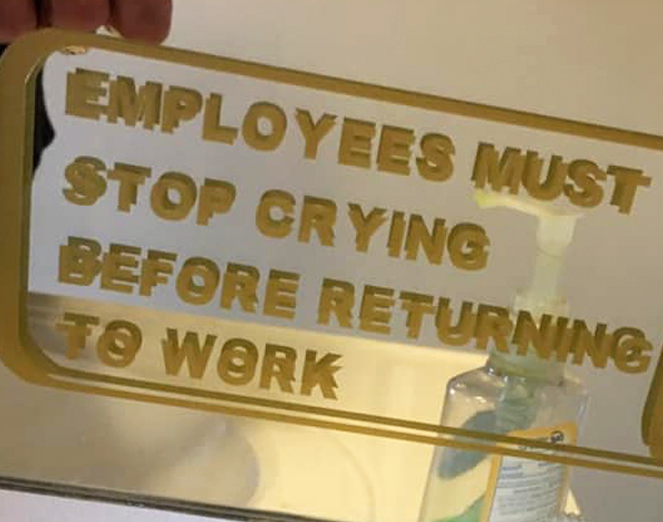

To be fair, the entire region was a powder keg that was simply waiting for a spark. The assassination ended up being that spark, but it’s likely that something else would have kicked it off even if he was never assassinated. It’s not like the assassination was the only thing that caused the war; It simply happened at the height of political tensions, and provided convenient propaganda.
So yeah, there would be a whole hell of a lot of parallels if Luigi gets offed. But even then, it will likely happen even without his death.







Chaotic Good: Donate it to food pantries and soup kitchens.
Chaotic evil: Dump it on the steps of the capitol building and build a giant ground beef Mitch McTurtle.